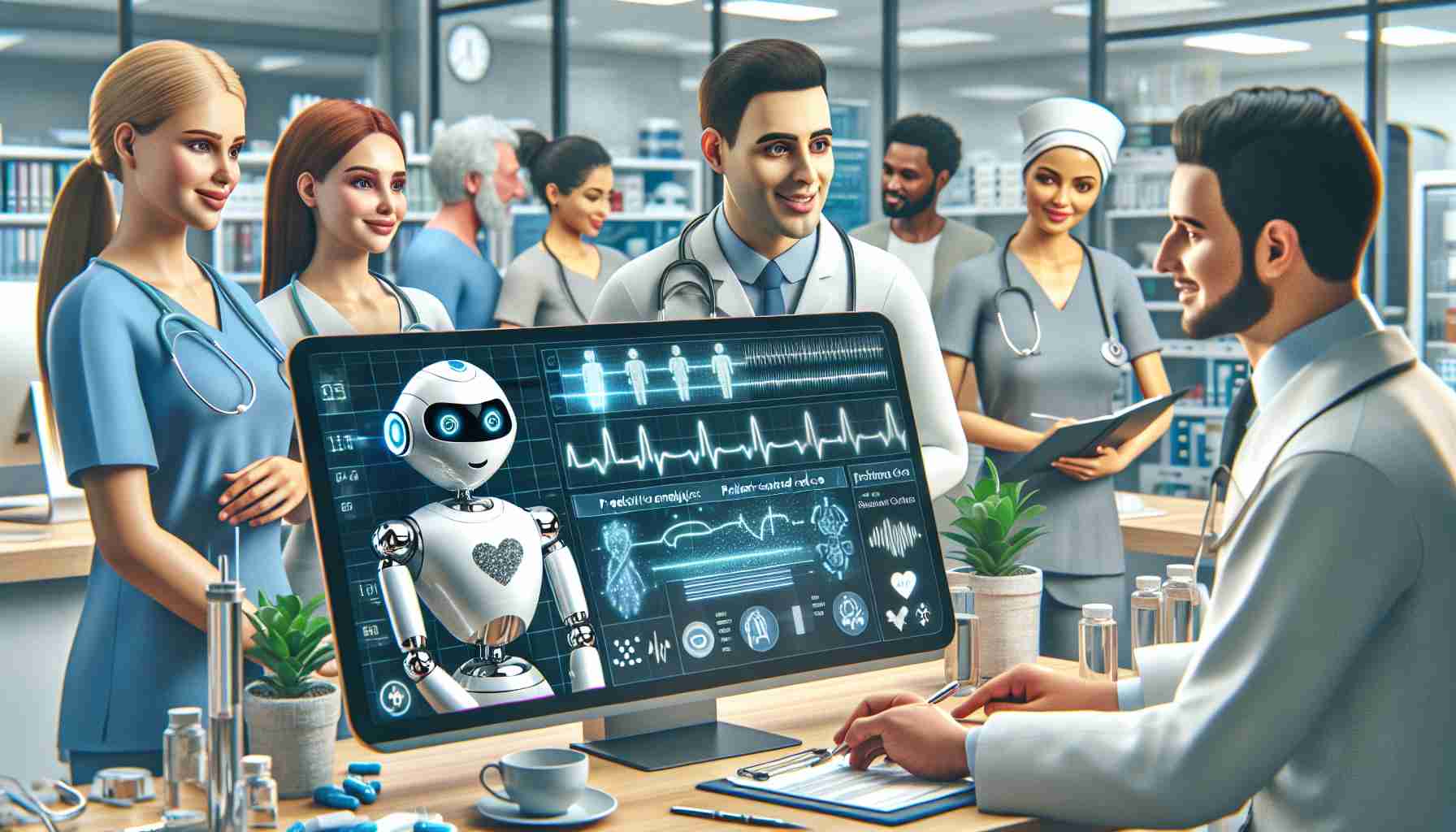Are you tired of feeling like just another number at the doctor’s office? The healthcare landscape is changing rapidly, and it’s time to rethink the way we approach patient care. Well-regulated artificial intelligence (AI) offers a solution to the problem of physician burnout and the decline of patient-centered care.
The statistics are alarming. In recent years, there has been a significant shortage of physicians, with thousands leaving their clinical jobs. This shortage is projected to worsen, with estimates of up to 124,000 physicians needed by 2034. One of the driving factors behind this shortage is the increasing administrative burden placed on healthcare professionals. Spending more time on paperwork and electronic health records means less time spent with patients, leading to a decline in face-to-face interaction.
When doctors are constantly tied to their screens, patients feel neglected. Many patients report feeling like their doctors aren’t really listening to them. They describe a corporatized healthcare system that prioritizes administrative tasks over personalized care. Studies have shown that doctors often interrupt patients within seconds of them talking, leaving patients feeling unheard and dissatisfied.
This is precisely where AI can make a significant difference. By automating administrative tasks and reducing the burden on physicians, AI tools can free up more time for doctors to engage with their patients. For example, AI can draft medical notes, significantly reducing the time spent typing. Instead of dividing their attention between screens and patients, doctors can focus on building genuine connections and asking important follow-up questions.
Integrating AI into healthcare also has benefits beyond easing administrative tasks. AI can enhance diagnostics and treatment planning, particularly through retrieval-augmented generation techniques (RAG). These techniques improve the accuracy and reliability of AI models by integrating current, relevant information from external sources. By analyzing vast databases of medical literature and clinical guidelines, AI systems can provide additional diagnoses, remind physicians of rare conditions, and even flag potentially dangerous drug interactions.
It’s essential to strike a balance when using AI in healthcare. While AI can enhance the practice of medicine, it should not replace human doctors. Medicine is both an art and a science that relies on human intuition and judgment. AI can support doctors, but it cannot replicate the skills and expertise of a healthcare professional.
Medical education also needs to evolve to incorporate AI. Future healthcare professionals must be trained to effectively integrate AI into their practice while still developing the foundational skills necessary for traditional, human-centered care. It is through this integration that we can bring doctors and patients closer together and restore the humanistic roots of medicine.
FAQ:
Q: Will AI replace doctors?
A: No, AI cannot replicate the skills and expertise of human doctors. It can enhance their practice but not replace them.
Q: How can AI benefit patient care?
A: AI can automate administrative tasks, freeing up more time for doctors to engage with patients. It can also improve diagnostics and treatment planning by integrating up-to-date information from external sources.
Q: How can AI be integrated into healthcare education?
A: Medical education needs to evolve to incorporate AI, teaching future healthcare professionals how to effectively use AI while maintaining essential human-centered care skills.
Sources:
– American Medical Association: [ama-assn.org](https://www.ama-assn.org/)
– Mayo Clinic: [mayoclinic.org](https://www.mayoclinic.org/)
The healthcare industry is facing significant challenges, and the integration of artificial intelligence (AI) is seen as a potential solution. The shortage of physicians is a pressing issue, with estimates suggesting that up to 124,000 more physicians will be needed by 2034. This shortage is partly due to the increasing administrative burden placed on healthcare professionals, as they spend more time on paperwork and electronic health records.
Patients often feel neglected in this corporatized healthcare system where administrative tasks take precedence over personalized care. Studies have indicated that doctors frequently interrupt patients within seconds of them speaking, leaving patients feeling unheard and dissatisfied. This lack of face-to-face interaction has led to a decline in patient-centered care.
AI has the potential to address these challenges by automating administrative tasks, thereby freeing up more time for doctors to engage with their patients. For instance, AI tools can draft medical notes, significantly reducing the time spent on typing. This allows doctors to focus on building genuine connections and asking important follow-up questions.
Integration of AI into healthcare goes beyond easing administrative tasks. It can enhance diagnostics and treatment planning through techniques like retrieval-augmented generation (RAG). By incorporating current information from external sources, such as medical literature and clinical guidelines, AI systems can improve accuracy, provide additional diagnoses, and flag potential drug interactions.
However, it is crucial to strike a balance when using AI in healthcare. While AI can enhance the practice of medicine, it cannot replace human doctors. Medicine relies on the art and science that comes with human intuition and judgment. AI should serve as a support to doctors, complementing their skills and expertise.
To effectively incorporate AI into healthcare, medical education needs to evolve. Future healthcare professionals must be trained to integrate AI into their practice while still developing the foundational skills necessary for traditional, human-centered care. This integration holds the potential to bring doctors and patients closer together and restore the humanistic roots of medicine.
For further information on this topic, please refer to the following reputable sources:
– American Medical Association: ama-assn.org
– Mayo Clinic: mayoclinic.org

